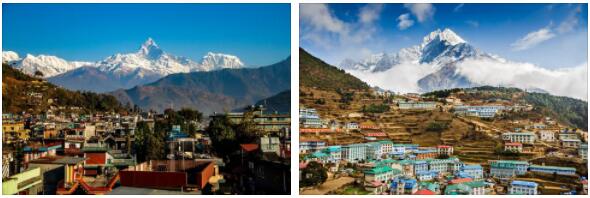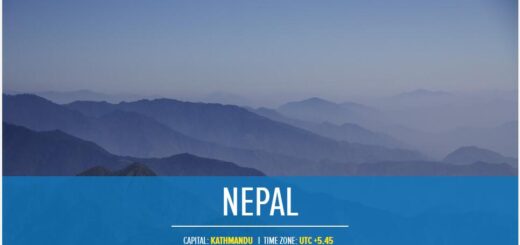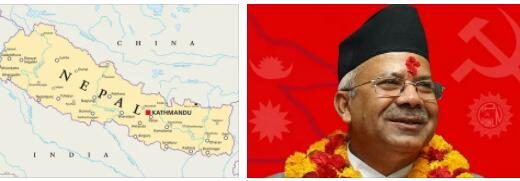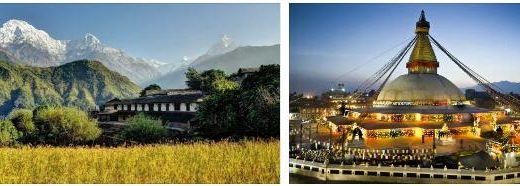Surghet (Nepal)
Surghet (Birendranagar) is one of the main cities in the west of Nepal. It is located in a small valley, lost in the hilly terrain of the Sivalik ridge, at an altitude of 550 m above sea level. The valley in which the city lies is located between two large rivers, Bheri flows from the south of it, and Karnali flows from the north. The name Brendranagar was given to the city in honor of King Birendra who founded it, while Surghet is the name of the valley in which it is located.
Initially, these places were inhabited by the Tkhauri and Rai peoples, but recently the inhabitants of the neighboring mountainous regions have been actively moving to Surghet. The population of the city is about 45,000 people. Surghet is the educational and medical center of the region, the main hospitals are located here, and a university will soon be opened. The road network is moderately developed, the main road artery connects Surghet with the Ratna highway and Nepalung in the south and with Jumla in the north. India is accessible through Nepalung, and the Ratna Highway links the city to Nepal ‘s main major cities, Kathmandu and Pokhara. Surghet has an airport with local connections to Kathmandu and local airports located in the west of the country.
According to Zipcodesexplorer.com, the sights of Surghet are the clock tower and the Bulbul Tal park with a small lake and springs. The Deuti Bayai temple is one of the main Hindu temples not only in Surghet, but also in the entire mid-west of Nepal and attracts numerous pilgrims. Another important religious site is the Buddhist and Hindu temple of Kankhri Bihar, located in the outskirts of the city. In translation, its name means “the center of the Buddhist and Hindu faith”, and the name of the area Surghet may have come from the Nepalese “center of God”. It is believed that the temple was built in the 12th century from stone and decorated with bronze statues of Hindu gods and Buddha.
For lovers of rafting, expanse is here, in the immediate vicinity of the city there are 3 large rivers: Karnali, Bheri and Babai. Karnali is the longest and most technically difficult of the listed rivers, it is fed by glaciers, and therefore the water level in the river can rise and change the difficulty of passing rapids and canyons in an unpredictable way, especially in spring. It is believed that this is a river of 4-5 category of complexity, the rafting takes about 5-7 days. Bheri is a tributary of the Karnali, but it is shorter and much simpler. The difficulty category of the river is 2-3, rafting takes 1-3 days. The Babai River is interesting because it flows through the territory of the Royal Bardiya National Park. Rafting or travel by canoe or kayak can be combined with exploring the real jungle and its wild inhabitants. Routes along Bheri and Karnali also end at the border of the national park, after rafting, many tourists stay to inspect it.
The Royal Bardiya National Park is of interest in itself, as one of the largest untouched forests in the Terai. During the reign of the Rana Dynasty, the Bardiya were royal hunting grounds, but after the fall of their power and the victory over malaria, people began to inhabit these places. In 1974, a reserve was created to protect wildlife in these places, and in 1988 it was given the status of a national park. Its territory covers about 1000 sq. km. east of the Karnali River in the valley of the Babai River. The park is home to such rare animals as rhinos, undomesticated elephants, royal Bengal tigers, marsh deer, black antelope, crocodiles and freshwater dolphins. In total, about 30 species of mammals and 400 species of birds live in the park. Elephant safari is a popular way to visit the park.



